Home to a plethora of businesses and public events, the Goodwood Estate attracts nearly a million visitors every year. It is its association with motorsport that has made it famous worldwide since it first opened the Motor Circuit in 1948. In 2023, motorsport at Goodwood is celebrating its 75th anniversary as well as significant milestones for its two main summer events: the Festival of Speed and Revival.
From the formation of the Duchy in 1675, the Goodwood estate has been associated with the sport. By the 20th century, it was hosting shooting, cricket, flying, golf and, above all, horseracing. However, the 11th Duke’s grandfather was not at all into horses. Instead, he was crazy about cars and bikes. In fact, the 9th Duke of Richmond, “Freddie”, was both a race driver and the longest-serving Vice Chairman of the Royal Automobile Club. The Goodwood Motor Circuit started life as the perimeter track of RAF Westhampnett, which was used by pilots who were based there during World War II. “That’s when my grandfather realised it could make a good racetrack,” the Duke says.
Track action during the first ever race at Goodwood Motor Circuit, on the 18th September 1948. Over 15,000 people attended.
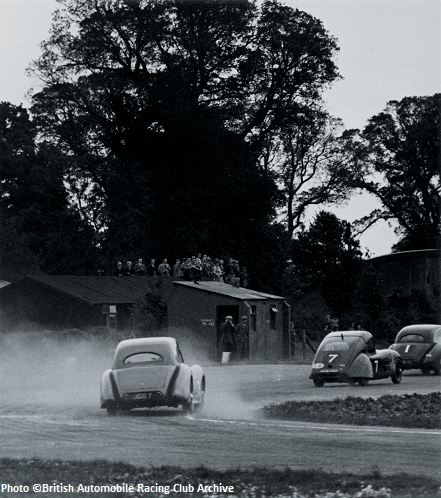
On 18th September 1948, the Circuit opened to the public. The British public had been deprived of motor racing since World War II had forced Brooklands to close its doors in 1939. The response was overwhelming; more than 85 drivers and 15,000 spectators turned up to support the UK’s first post-war motor racing event.
In 1966, after 18 years of memorable motor racing, the Circuit closed down. “My grandfather didn’t like the way the Club was running it,” the Duke explains. “He didn’t like cars with wings, he didn’t like the format, the three-litre Formula One cars … he felt cars were getting too quick and too dangerous. A few of his friends were killed here. Also, the track was not modern enough.” Despite being closed for racing, the Circuit remained in use as a testing and track-day venue.
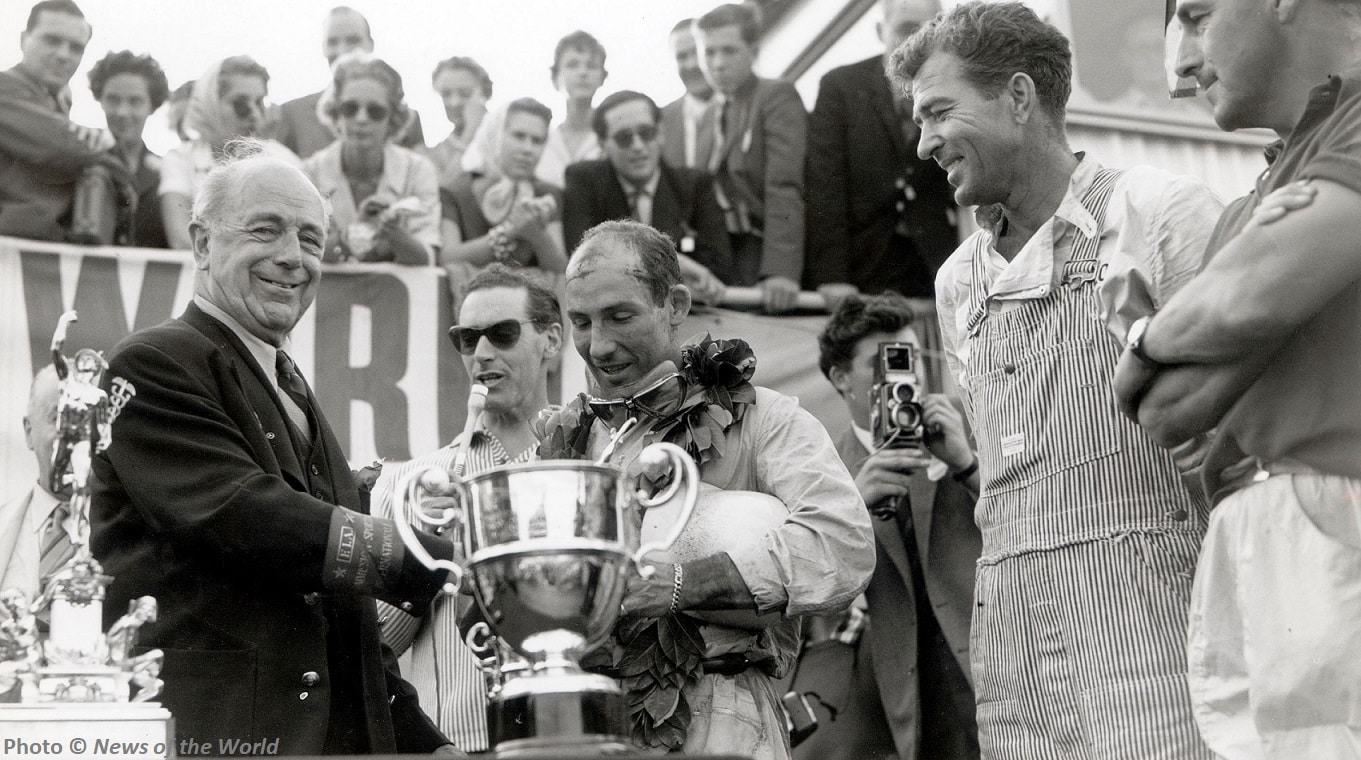
Stirling Moss and Carroll Shelby at the Goodwood Motor Circuit 1959.
Although the races, the aerodrome, the organic farm and other businesses kept up production – contributing financially to the maintenance of the Estate and the families whose livelihoods depended on it – it wasn’t until the Duke returned to live there, and took over the chairmanship of the Goodwood Group of Companies in 1994, that the second chapter in the bright history of Goodwood started, making it a destination for lovers of all things engine-powered.
“When I moved in permanently, I realised that things had to be improved a lot if we were to make that part of the estate financially viable,” he says. “There were issues with the Circuit, starting with a noise-abatement order. Despite innumerable meetings with the local authorities in 1991 to reopen the Circuit, we couldn’t get them to shift their position, so we had to go back to the drawing board.”
Fortunately, the Duke remembered that in the UK, the law allows developers and landowners to use their land for any purposes for 28 days, of which 14 days can be used to hold a market or motorsport event. The noise-abatement order was still in place at Goodwood Circuit, but he was free to do it somewhere else in his grounds. He shared his idea with the track inspector in October 1992, and soon the wheels of fate were set in motion. In June 1993, Goodwood hosted its first Festival of Speed as a one-day event on the Sunday, with practice the previous afternoon. “We had nearly 100 cars and motorbikes,” the Duke recalls. “We had no idea how many people were going to turn up, because we knew many would buy their ticket on the day. Our estimate was a few thousand. In the end, 25,000 people turned up.”
Legendary American Motorcycle GP Champion Wayne Rainey and friends tackle the hillclimb at the 2022 Festival of Speed.
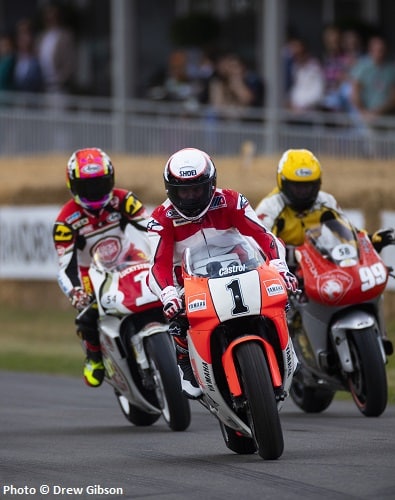
Legend has it that the whole thing spiralled into chaos and looked more like a rock festival. “It was a complete mess,” the Duke laughs. “The fenced was knocked down, we ran out of tickets, we didn’t have anywhere to put the money… but it was clear that we had created something about which people were really excited.”
While the Festival of Speed was going from strength to strength, the Duke and his team kept trying to get the Circuit reopened. Finally, in September 1998, they succeeded, and Goodwood Revival was born. A lot of consideration was put into the format of the event. “The track was completely original,” explains the Duke. “We thought it was important for it to feel like a wartime circuit. We refurbished the old buildings, and realised that it made sense to encourage the public to come in cars from that period, and dress accordingly.” The public loved the idea, and the inaugural event was unforgettable.
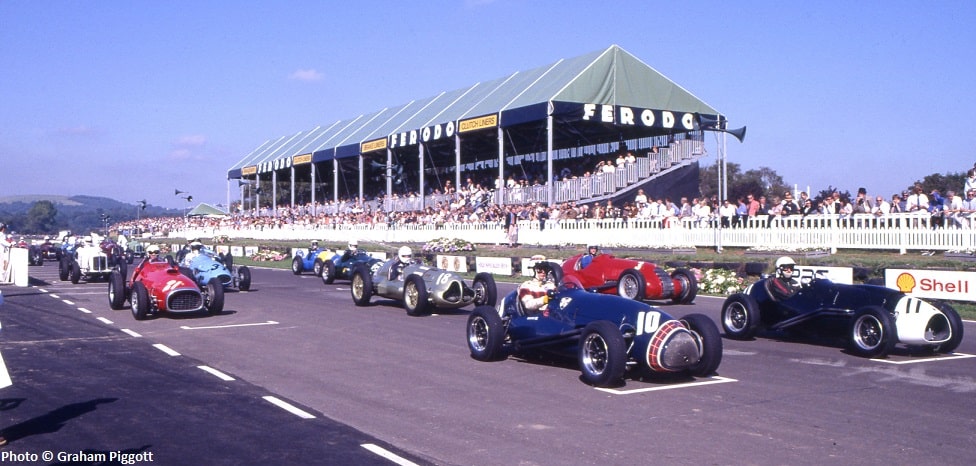
The starting grid ahead of the first race at the first edition of the Goodwood Revival in 1998.
The three-day festival, held each September, is an extraordinary event, with the cars, motorcycles and everything else designed and built in line with the Circuit’s original period: 1948-1966.
“We call it Revive & Thrive,” the Duke says. “It’s a celebration of the concept of vintage, second-hand, and made-to-last.” Although the topic of sustainability is always a touchy one when it comes to motorsport, the Estate is focused on sustainability. “We have a 4,500-acre organic farm and a recently built biomass boiler that provides us with electricity for Goodwood House and The Goodwood Hotel,” the Duke says. “There’s also a woodland creation project that will see 78,000 trees planted across the Estate. “We put together our events as sustainably as possible. In fact, we were one of the first organisations in the world to gain certification to ISO 20121 – the internationally recognised specification for sustainable event management.”
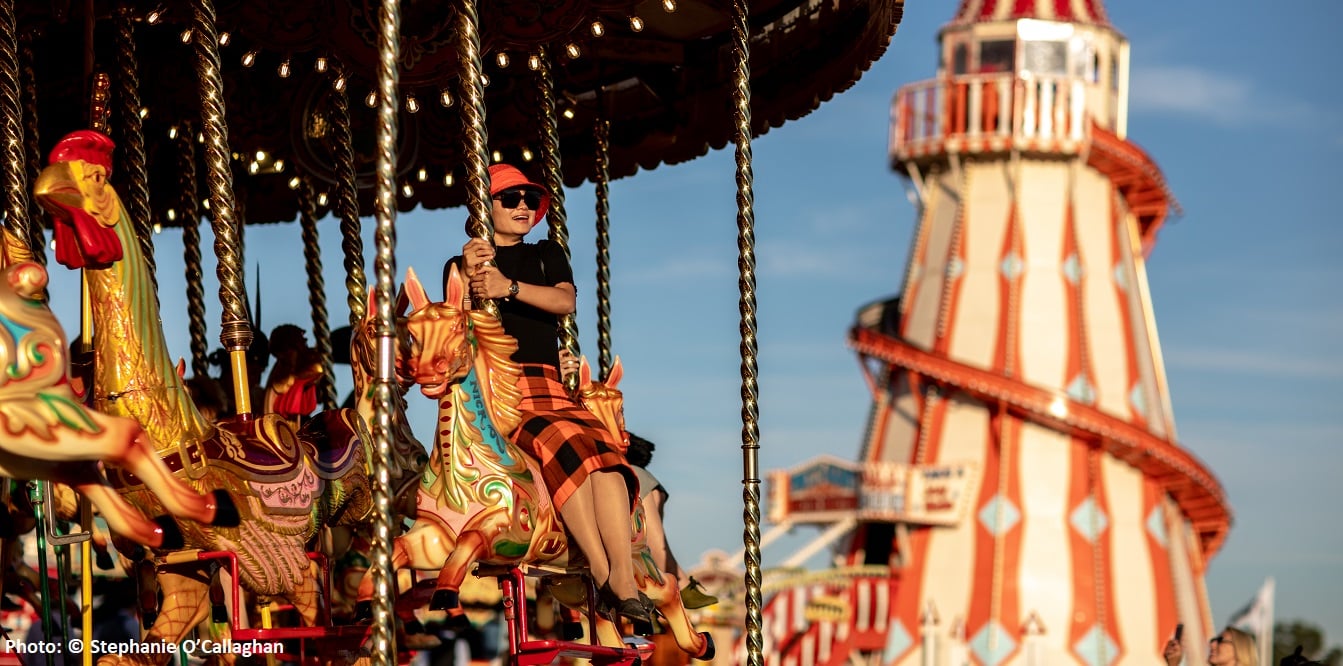
Over The Road festivities at the 2019 Goodwood Revival.
The Goodwood Estate Company is a diverse portfolio of businesses including the Goodwood Racecourse, an organic farm, two 18-hole golf courses, the Goodwood Aerodrome and Flying School, and a hotel; together, the businesses and events employ 650 people. A large part of its success is due to adaption and survival – what was once the preserve of tenant farmers and agricultural land use has pivoted for leisure use. It is this that brings the largest revenue to the estate, so when Covid closed businesses in the UK, Goodwood lost 75 per cent of its revenue.
As public events were cancelled, in October 2020 Goodwood held SpeedWeek behind closed doors. The event featured highlights of both the Festival of Speed and Revival.
But fortunately, the love of the public for Goodwood was proved once again when, in June 2021, the Estate reopened its doors for the Festival of Speed and more than 150,000 people attended. The Revival was also a triumph. “We ran at around 70 per cent capacity, which was a big relief and helped us start balancing numbers,” the Duke says. And last summer they were back at full capacity.
This year marks the 75th anniversary of the opening of Goodwood’s Motor Circuit, three decades of the Festival of Speed and 25 years of both the Goodwood Revival and the foundation of the Goodwood Road Racing Club. Accordingly, this summer’s events promise to be bigger and better than ever. An unprecedented number of cars, motorbikes and drivers are expected for a season of motoring heaven. There will be a spectacular display by the Red Arrows squadron, who will take to the skies at the Festival of Speed on Thursday 13th and Friday 14th of July, stunning the public with precision manoeuvres and dynamic loops and rolls.
This year, the Red Arrows squadron will take to the skies at the Festival of Speed on Thursday 13th and Friday 14th July.
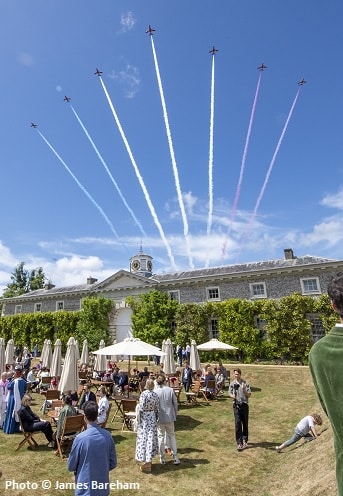
Goodwood Revival will celebrate Lotus’ 75th anniversary by welcoming a fleet of up to 75 cars. There will be a special on-track celebration paying homage to “The Chapman years” (1948-1982), and the festivities will feature a variety of vehicles spanning Lotus’ history. Taking centre stage will be the Lotus 18, which secured the first win for a Lotus-built car at the 1960 Monaco Grand Prix with Sir Stirling Moss behind the wheel.
The Duke shares a brilliant story about Moss and Denis Jenkinson in the Mercedes 300 SLR 722, the winner of the 1955 Mille Miglia, with the fastest drive ever in that race: Jenkinson – a world-famous motor journalist – was asked to get in the car with Moss and write about the experience. “On the day, Denis famously produced two toilet rolls that were a map of the race, based on drawings he had made on the day of the test drive,” the Duke explains. “This way, he acted as Stirling’s navigator.” The race was legendary; they averaged 100mph on public roads. Jenkinson was convinced they’d done something to the car, so he never got into it again. “But then, in 1995, we got them back together at Goodwood,” the Duke says. “After they drove the hillclimb, people were crying around the car. It was that emotional.”
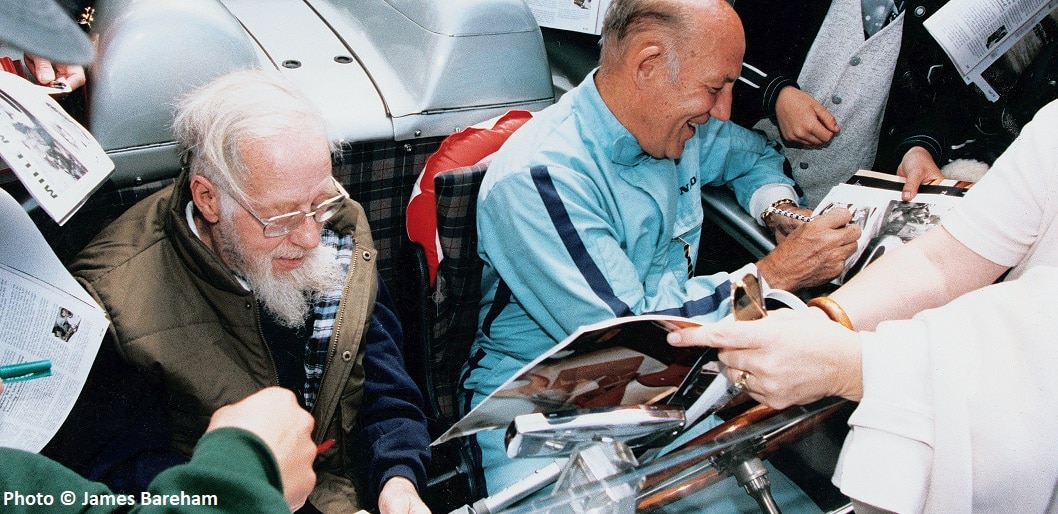
Dennis Jenkinson and Stirling Moss in their Mercedes-Benz 300SLR, commemorating their victory in the 1995 Mille Miglia.
Emotion is what Goodwood is all about; the passion and excitement in the air are contagious. “I love that the public feels this way,” the Duke says. “We give everything to provide visitors with an unforgettable experience. We can’t pay the cars or drivers to come here. So knowing that we can transmit our passion to people is encouraging and rewarding.”
Looking at the future, the Duke’s mission is clear. “I’m pretty confident that the next 75 years will bring us more excitement and more memorable moments. We will keep nurturing the sentiment for classic cars to pass on to future generations, continue to champion new technologies and showcase the future of mobility.”





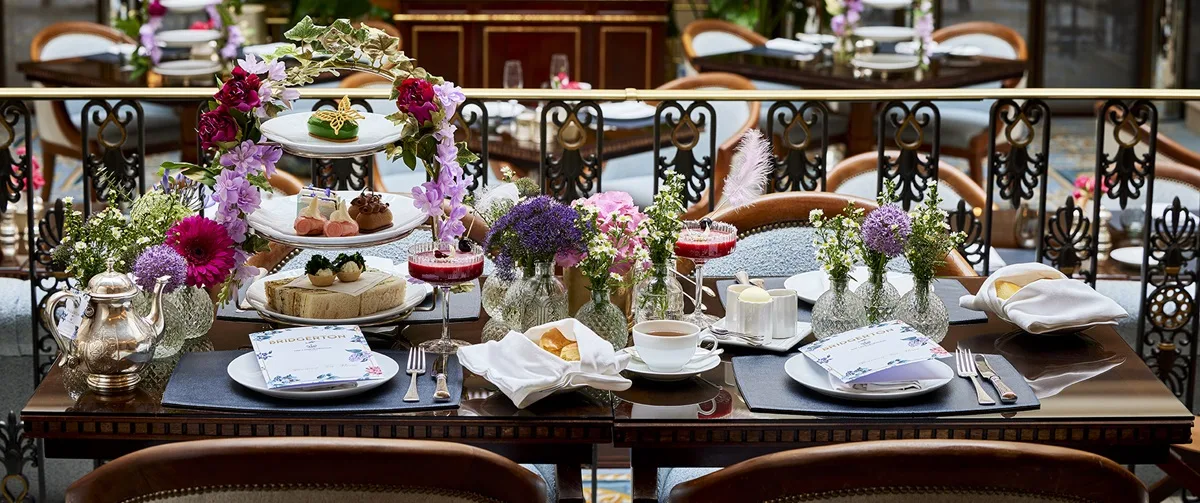
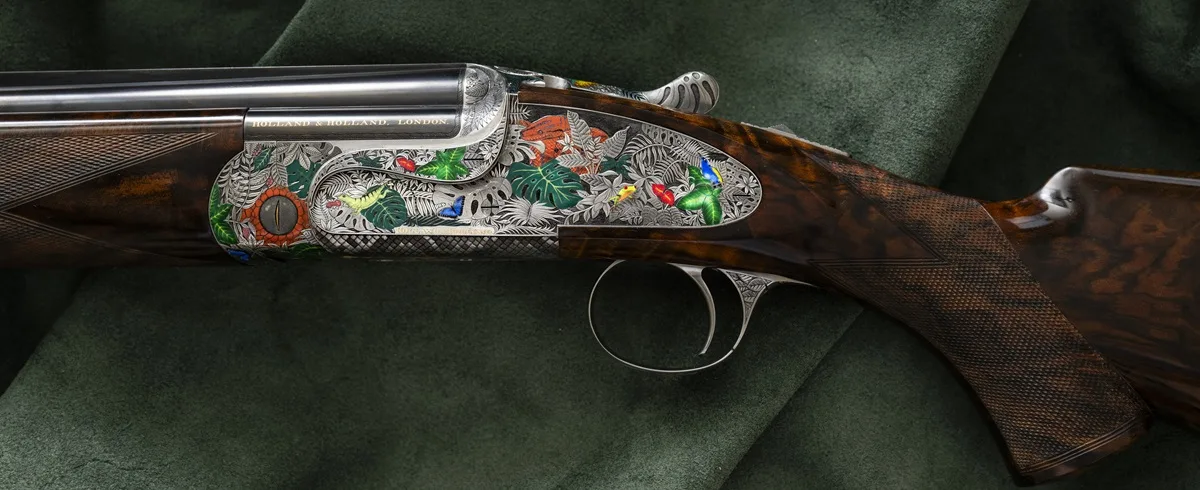
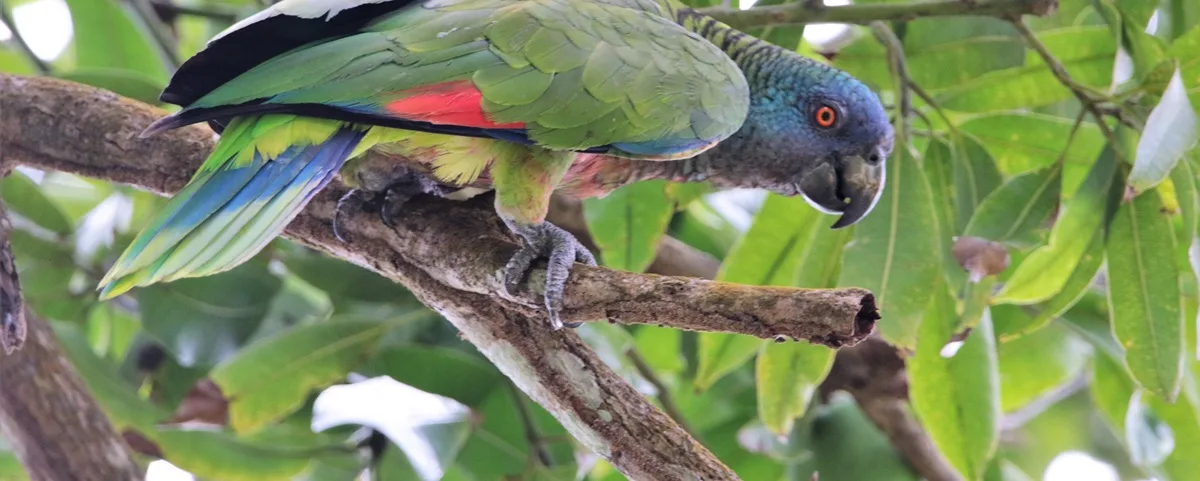

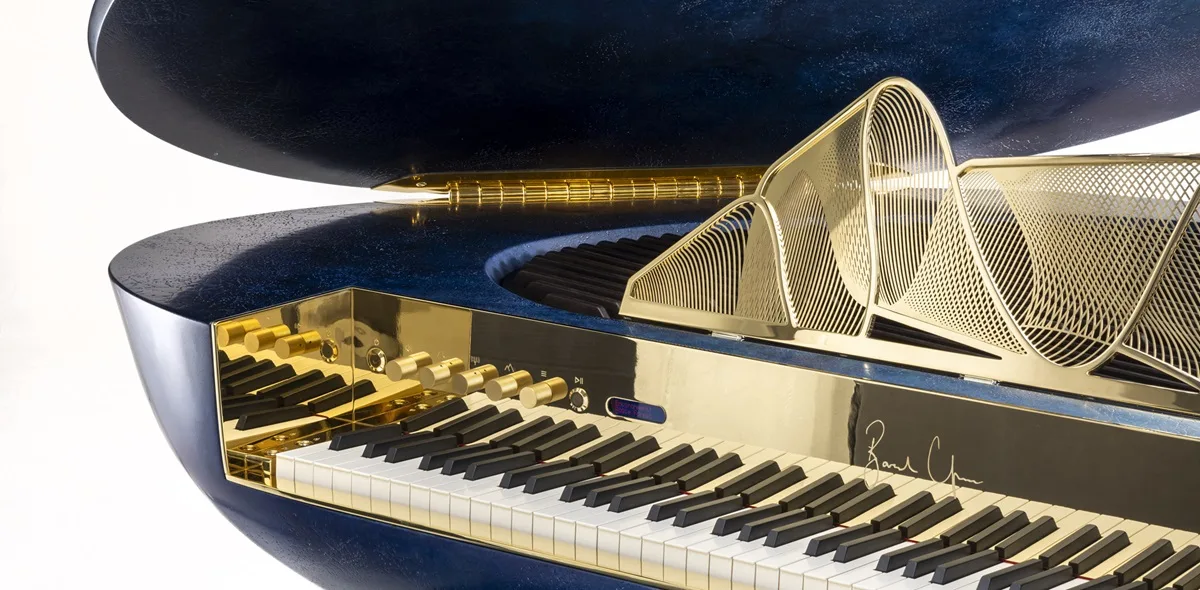
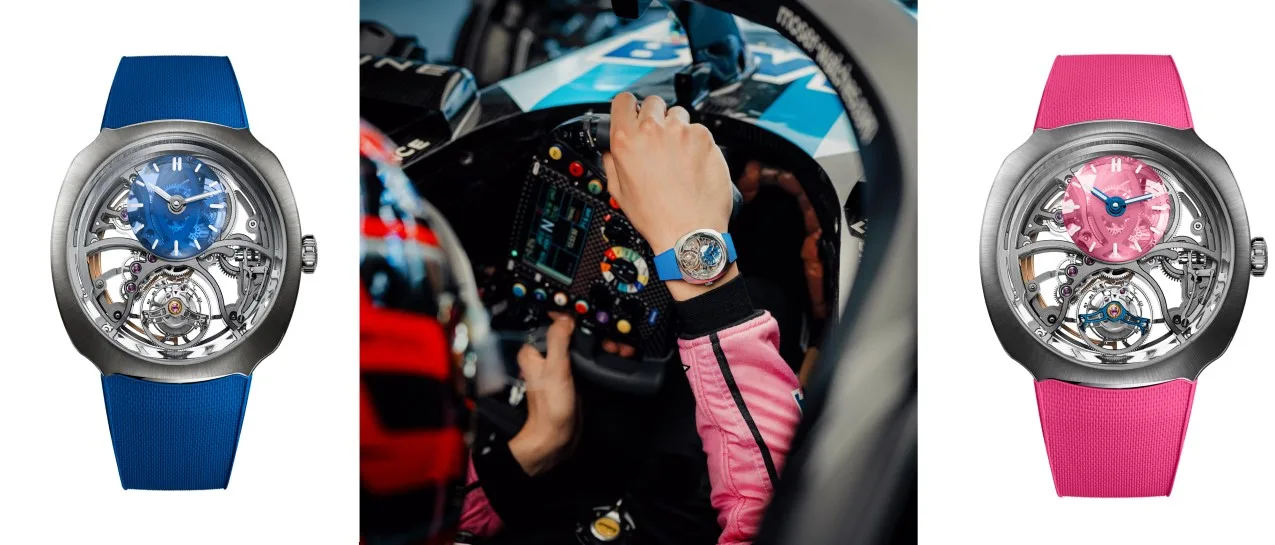



Show Comments +